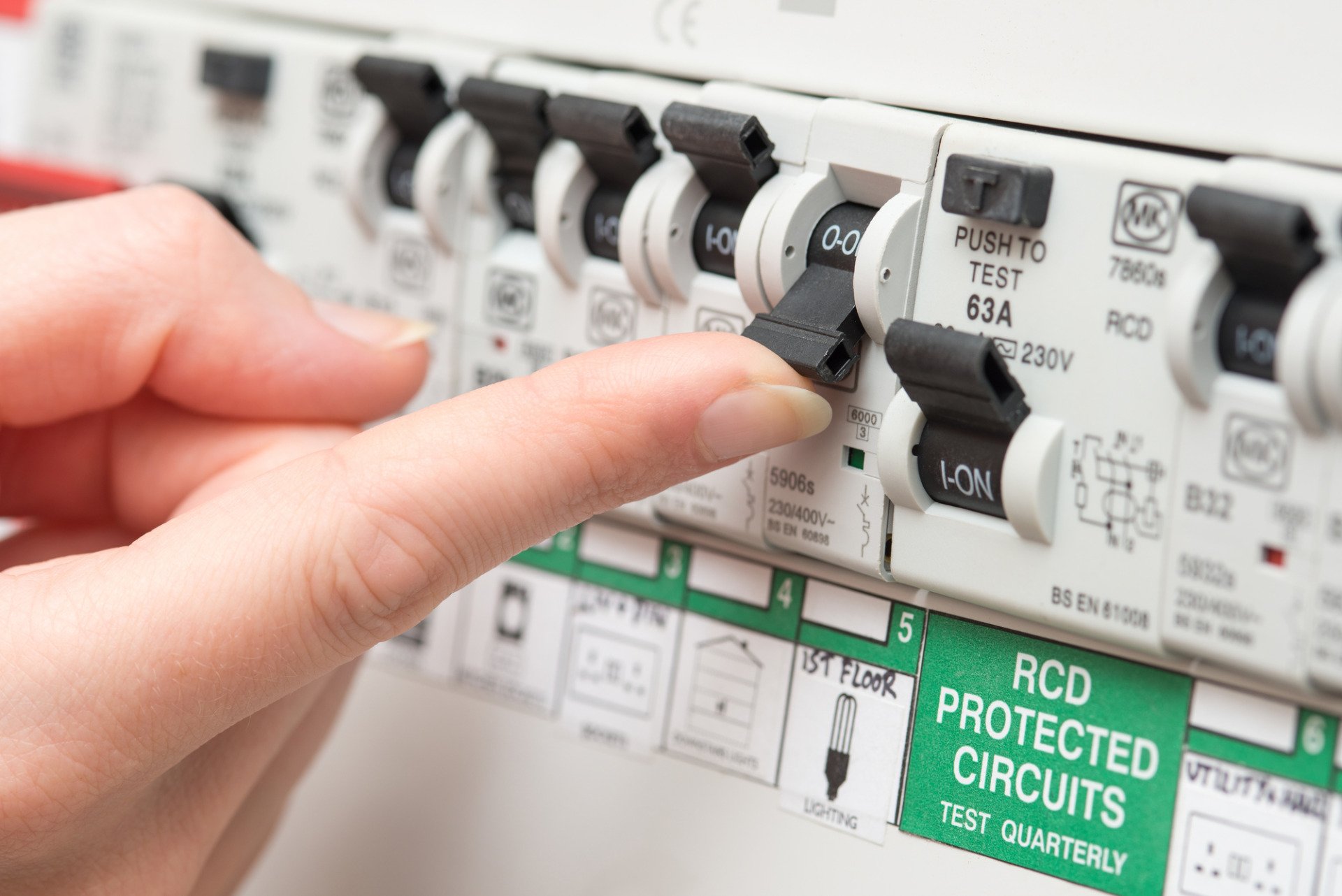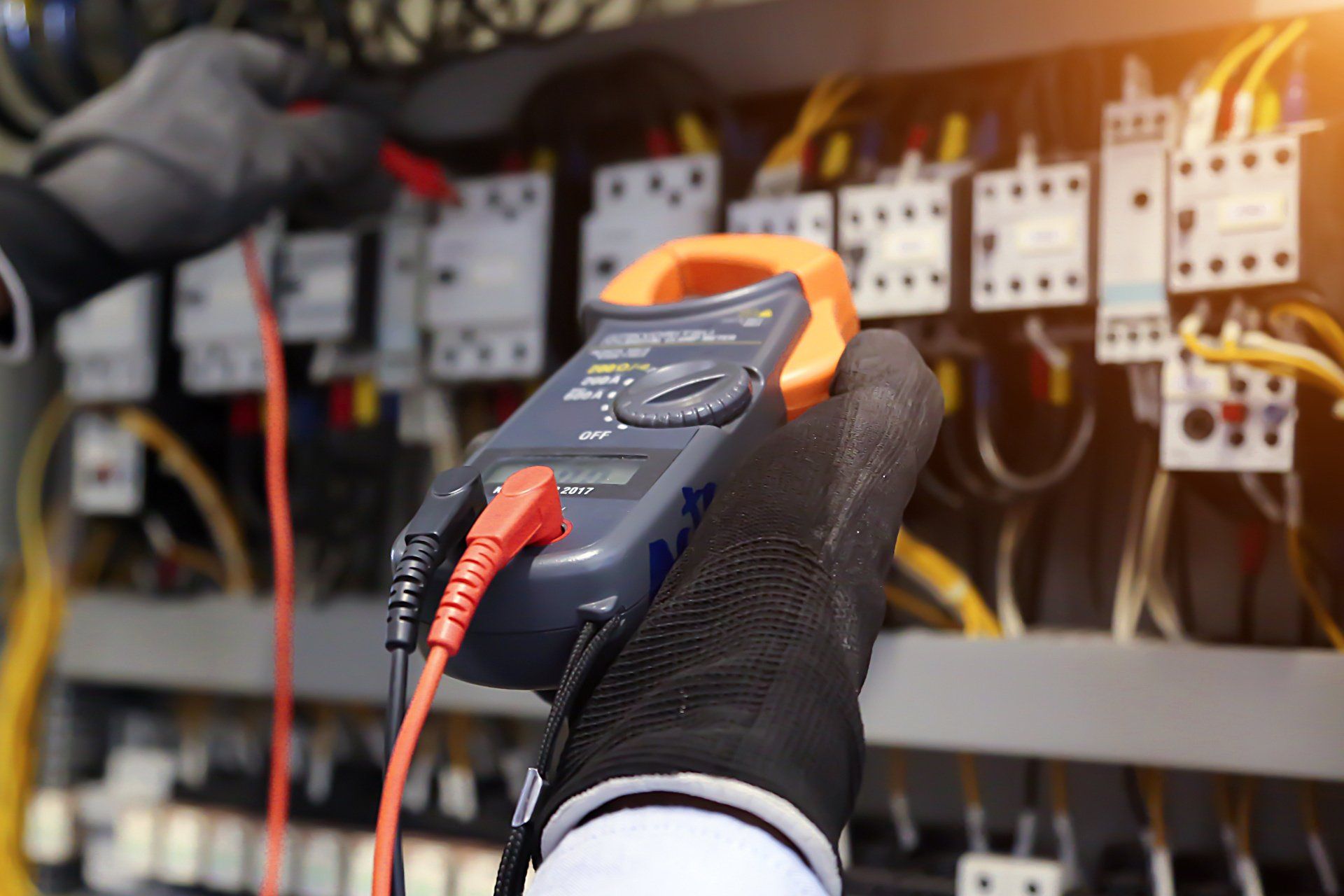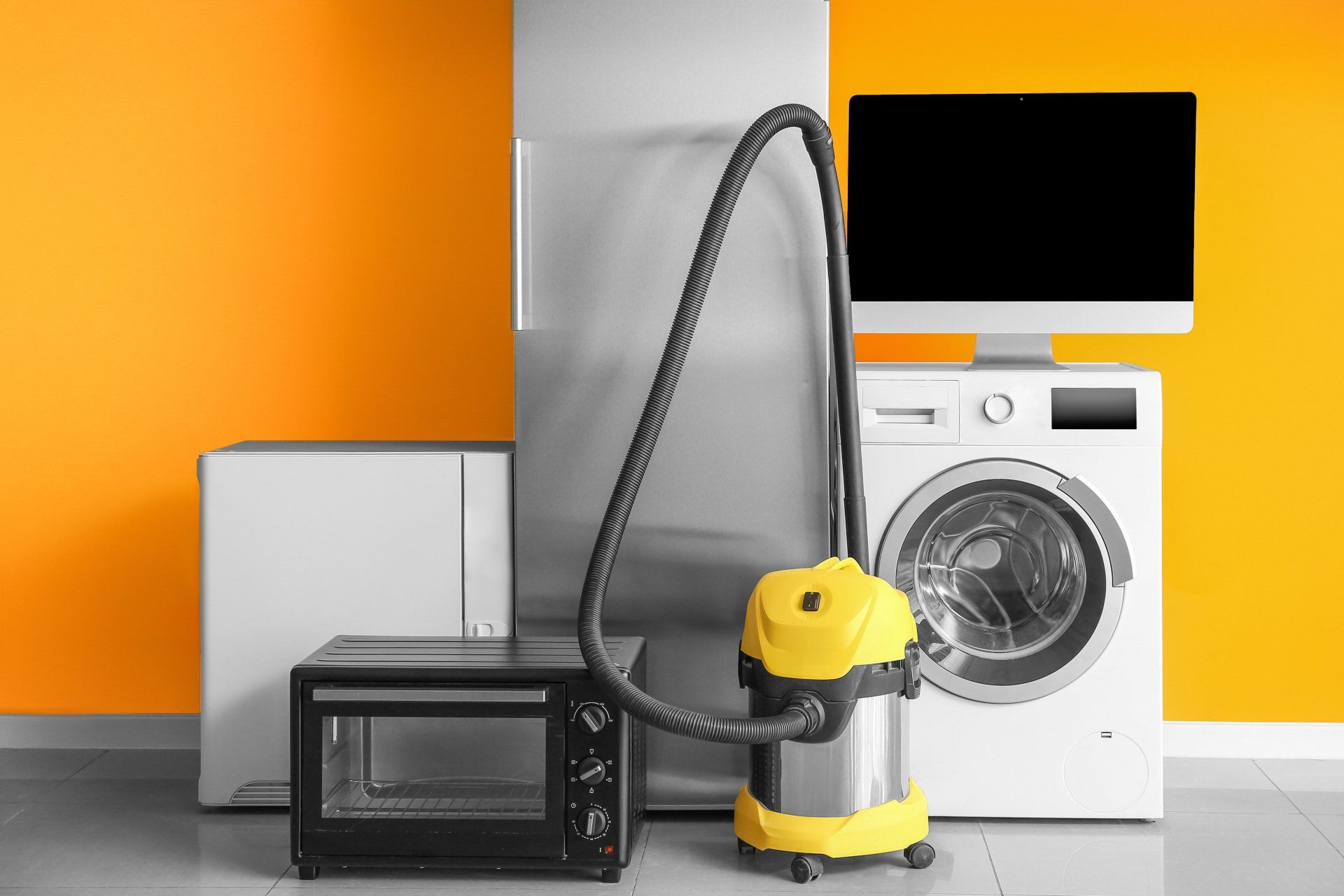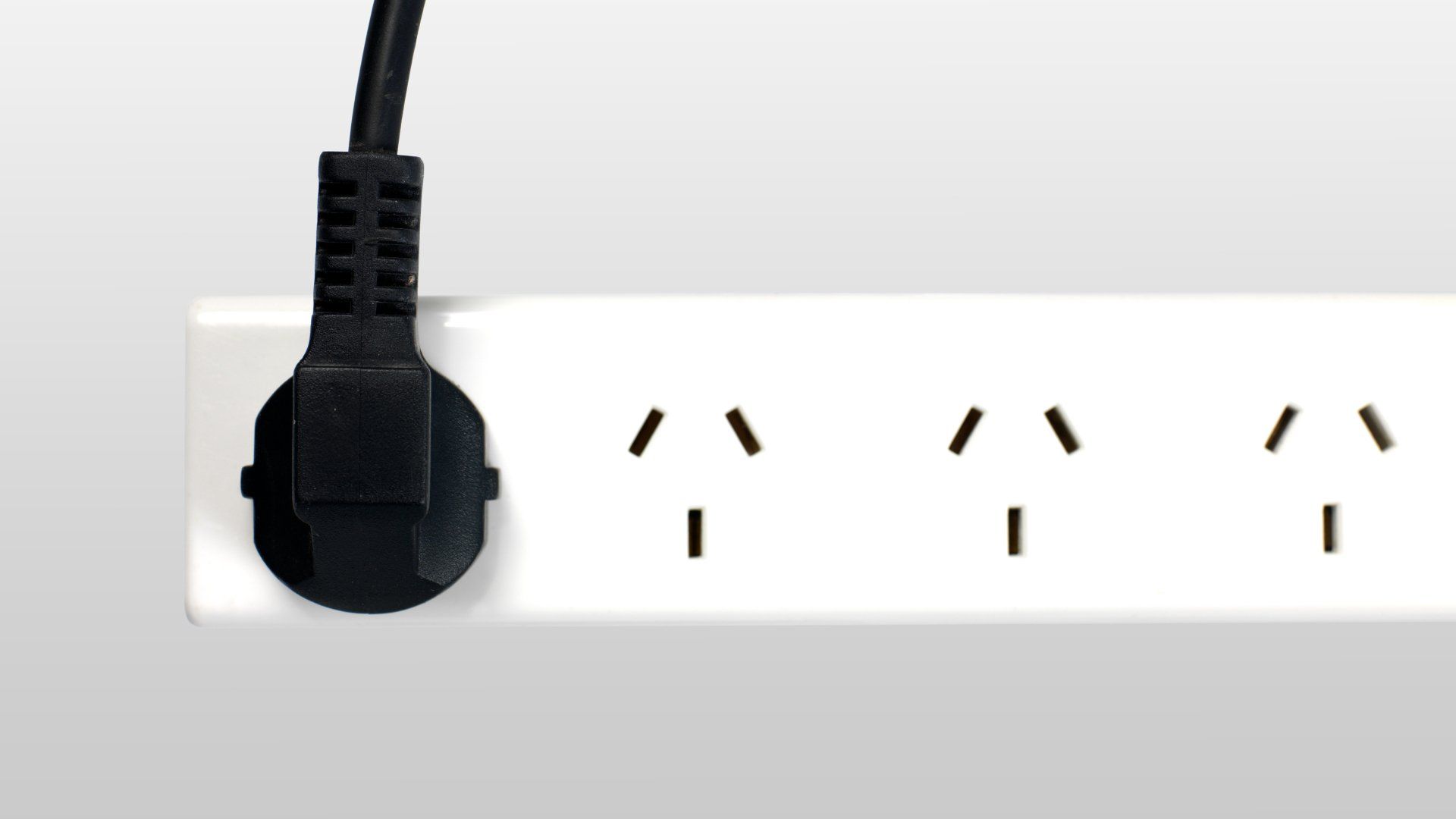Have A Question?
What Are the Electrical Safety Check Requirements in a Workplace?
Electrical inspections are important for many reasons, especially for commercial buildings. When renting or leasing office space, you don’t want to sign a long-term lease without first making sure it meets all safety standards and codes.
An electrical inspection is a thorough visual assessment of the electrical systems in a building. These inspections can help identify any code violations or potential hazards that could lead to an electrical fire — which can be extremely hazardous, even life-threatening, in a commercial setting. An inspection may cost money upfront, but it’s an investment to protect both your property and the people who will be occupying the space regularly. Read on to learn more about why an electrical safety check or inspection matters and what you should look out for when getting one done.
Electrical Inspection and Testing
To ensure electrical safety in a commercial building, it’s important to have the electrical equipment inspected and tested regularly. Depending on the size of the building and the electrical system within it, inspections should be conducted every one to three years by competent test and tag specialists. These professionals will check for code violations or potential hazards, such as overloaded electrical circuits or exposed electrical wiring. They will also test the electrical system to ensure it is functioning correctly.
The electrical safety regulation defines a competent person for inspection and testing purposes as “a person who has the necessary training, qualifications, and experience to carry out electrical inspection and testing.”
Inspection and testing should be carried out by a competent person on all electrical equipment that could pose a risk to people or property, including:
- Electrical wiring
- Switches and sockets
- Circuit breakers and fuses
- Portable electrical equipment
- Electrical appliances
The following are the relevant Australia standards:
- AS/NZS 3760: 2010 - In-service safety inspection and testing of electrical equipment
- AS/NZS 3012: 2010 - Electrical installations - Construction and demolition sites
| Read more about Electrical Safety Standards NSW
Importance of an Electrical Safety Check
Scheduling a regular electrical safety check is critical for any business or property owner. By law, all commercial buildings must have their electrical system inspected by a test and tag specialist at least once every five years. But depending on the age of the building and its electrical system, more frequent inspections may be necessary.
For example, if you own an older building with an outdated electrical system, you should have it inspected more frequently to meet current electrical codes and standards. If you’ve made any recent renovations or additions to your property that required electrical work, an inspection is also necessary to ensure that the work was done correctly and safely.
An electrical safety inspection can help prevent fires.
One of the most important reasons to get an inspection is to help prevent fires. Electrical fires are one of the leading causes of property damage and loss each year, and they can be especially devastating in a commercial setting. A fire in a business can destroy the physical space, but it can also lead to lost revenue, customers, and clients.
An inspection can help identify any potential electrical hazards that could lead to a fire, such as overloaded circuits, frayed wires, and electrical equipment that’s not up to code. By getting these hazards fixed before they have a chance to cause problems, you can help keep your property safe from the threat of fire.
An electrical safety inspection can save you money.
Another benefit of an electrical safety check, or inspection, is that they can help save you money in the long run. Many commercial buildings are equipped with outdated electrical systems that aren’t capable of handling the demands of today’s businesses. As a result, these electrical systems are often overloaded, leading to expensive repairs or replacements down the line.
By getting an inspection regularly, you can identify any potential problems with your electrical system before they become expensive repairs. This can help you save money in the long run and keep your business up and running smoothly.
How often should your workplace equipment be "tested and tagged"?
Testing and tagging electrical equipment is a legal requirement in all Australian workplaces. The frequency of testing and tagging will depend on the type of workplace, the electrical equipment being used, and the level of risk involved.
Workplaces with higher levels of risk, such as construction sites or factories, will need to have their electrical equipment tested more frequently than office buildings or shops. Equipment used more often will also need to be tested more often than infrequently used items.
Some electrical equipment, such as power tools and extension cords, may need to be tested more often than other types of equipment.
Testing and tagging electrical equipment is an important part of electrical safety in the workplace. By having your electrical equipment regularly inspected and tested, you can help to prevent accidents and injuries from happening.
If you are unsure how often your equipment should be tested, talk to a qualified test and tag specialist. They will be able to advise you on the best interval for testing and tagging based on the type of workplace and electrical equipment being used.
| Read more about How Often Should Your Electrical Equipment Be Tested and Tagged
Record of testing result
The test and tag specialist will provide you with a record of the testing results. The record should include:
- the name of the person or company who did the testing
- the date of the test
- the result of the testing
- the date on which the next testing must be carried out.
Having a record that your workplace electrical equipment is regularly tested and tagged is important for two reasons. Firstly, it helps to show that you comply with electrical safety regulations. Secondly, it provides a valuable document that can be used in electrical safety audits.
If you need help with testing and tagging electrical equipment in your workplace, contact iTAGPRO today. We offer a wide range of electrical safety services, including equipment testing and tagging, safety switches testing, plug and cord repairs, and more. We can help to ensure that your workplace is electrically safe. Call us today on 02 4063 1452 or fill in our online contact form.
-
Book Your Safety Today
I hope you enjoy reading this blog post.
ElectroTechnics ensures workplace safety by offering electrical testing and tagging and RCD trip time measurements across Greater Sydney, Wollongong and Shellharbour Region.
I hope you enjoy reading this blog post.
iTAGPRO ensures workplace safety by offering electrical testing and tagging and RCD trip time measurements across Greater Sydney, Wollongong and Shellharbour Region.
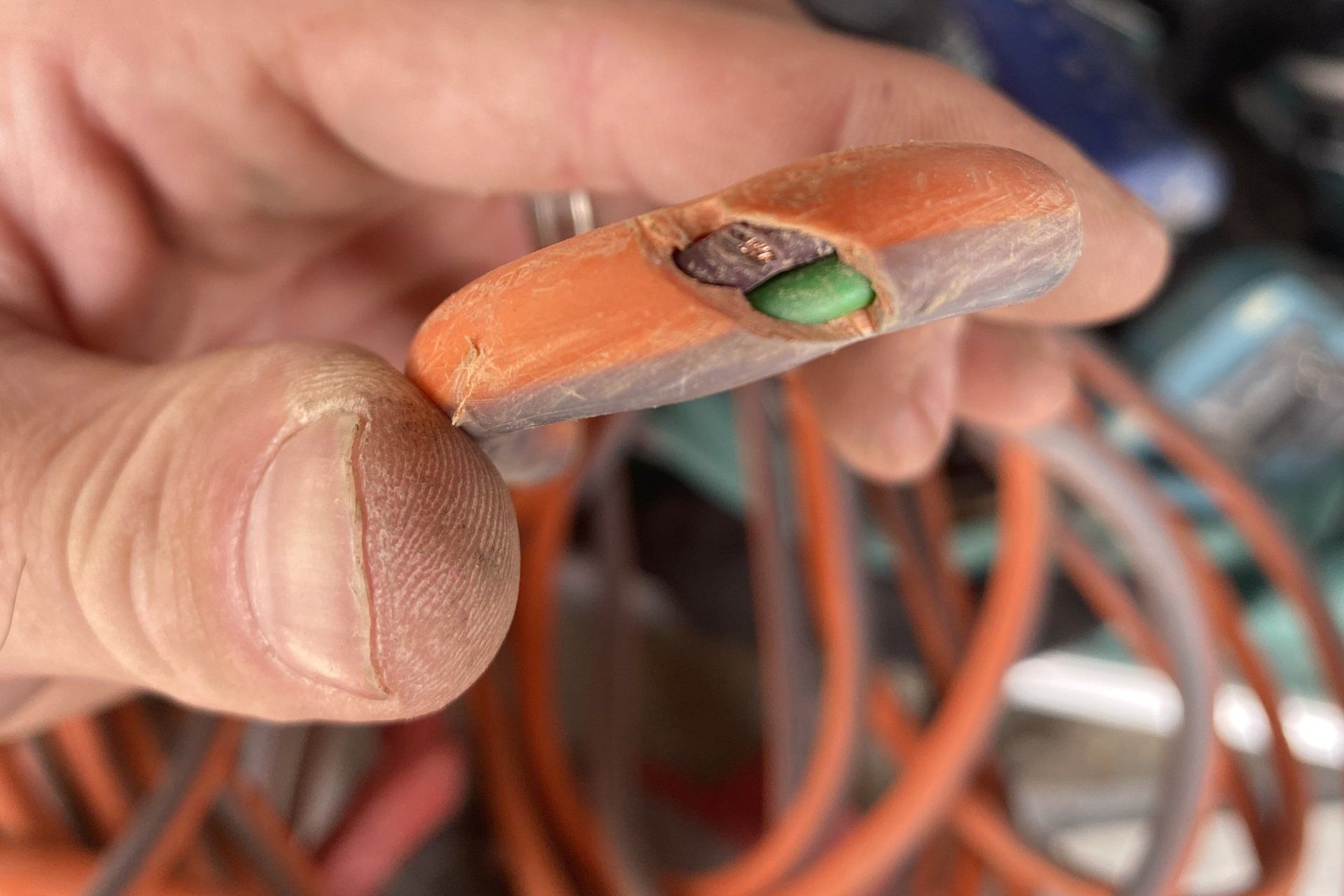

iTAGPRO (formerly ElectroTechnics Test and Tag) is your premium contact for all workplace electrical testing and tagging and RCD trip time measurements.
Browse Our Website
Contact Information
Phone: 02 4063 1452
Serving Greater Sydney, Wollongong and Shellharbour Region.
Locations
Mon-Fri 08:00 AM - 05:30 PM

